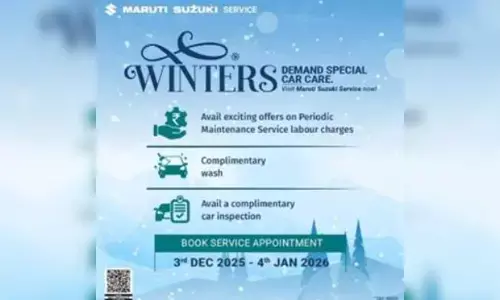Since when Indians are celebrating Ugadi?

On the chronology of ancient India, Subhash C Kak of the Department of Electrical & Computer Engineering, Louisiana State University, asks "can archaeological evidence that dates back to 3000 B.C. and earlier be used to fix the dates of events from literary evidence for which the earliest epoch is attested to about 1800 B.C. only?"
On the chronology of ancient India, Subhash C Kak of the Department of Electrical & Computer Engineering, Louisiana State University, asks "can archaeological evidence that dates back to 3000 B.C. and earlier be used to fix the dates of events from literary evidence for which the earliest epoch is attested to about 1800 B.C. only?"
Well, archaeological discoveries of the past few decades have led to new theories on the migrations of the Indo-European peoples and the assessment has changed in the recent past.
It is said that by the time of Mahabharata War the Aryans were already in North and Central India. Since the Rigveda mentions only Northwest India, the time of this War may be taken as the epoch by which the Rigvedic hymns had all been composed. According to Puranas Rishi Vedavyasa, who lived during the War, arranged the hymns into the Samhids. Since this fact agrees with the literary evidence, the War may in fact be taken as the end of the Vedic age. This is a traditional view.
Here we get to the three traditions regarding this epoch. Varahamihira (550 A.D. ancient astrologer, astronomer and polymath) ascribed to Garga, an earlier astronomer, the following: "The seven rasis were in the Maghas when the King Yudhisthira was reigning; his era is 2526 years prior to the Saka '' (Brihat Samhita). The first part of the statement has been interpreted variously; the second clearly means that Yudhisthira became king in 2526 of the Saka era, which is 2449 B.C.''
According to the Puranas (such as Vayu and Matsya), a total of 1050 years (some more texts say 1115, 1015 or even 1500 years) elapsed between the birth of the King Parikshit and the coronation of Mahapadma Nanda. Taking 321 B.C. for the accession of Chandragupta and the rule of the Nandas to have lasted 50 years, the birth of Parikshit becomes about 1421 B.C.
Of course, Puranas talk of two Parikshits, one who lived several generations before the War and the other who was Arjuna's grandson and became King after Yudhisthira. The later Puranas suggest that the above reference is to Parikshit II, though this has been disputed by scholars. Even if we accept this as a fact, we see that there exists considerable difference between the three traditions.
Kak's work further suggests that attempts to construct chronology based on the genealogies in the Puranas, and the references in the Vedas have also been made, notably by Parigter and Bhargave. Both these scholars take 1000 B.C. as the epoch of the Bahrata War, but they differ about the time of the beginning of the Vedic age, Pargiter taking it as closer to the end of the 3rd millennium B.C. whereas, Bhargava takes it much earlier at around 3000 B. C.
Sengupta stated that the War took place in 2449 B.C. which is identical with the claim of Varahamihira. Coming to the dynastic lists of the Puranas, these mention only the main rulers and therefore the interval between Parikshit and Mahapadma Nanda should be taken only as a lower limit. Furthermore, the Varahamihira tradition of 2449 B.C. is supported by Kalhana in his Rajatarangini and also in a commentary on Bhagavatamrita where it is claimed that the Buddha was revealed (483 B.C.) as an incarnation of Vishnu 2000 years into the Kaliyuga. Similarly, the orthodox Bengali almanacs date the Bharata War at around 2449 B.C.
According to Sengupta's reconstruction of the chronology of ancient India vedic Indians recognize the coming of the spring and the rains (4000 B.C.). He dates Satapatha Brahmana as belonging to 2100 B.C. Sengupta's work is an extension of a line of inquiry that was first started in 1893, when B. G. Tilak in Bombay and H Jacobi in Bonn simultaneously and independently of each other arrived at the opinion that at the period the Brahmanas the Pleiades (Krithika) coincided with the vernal equinox (the equinox in March, when the sun crosses the celestial equator in a northerly direction, marking the prime meridian of right ascension) and that earlier at the time of the Vedic texts the vernal equinox fell in Orion (Mrigasira).


















